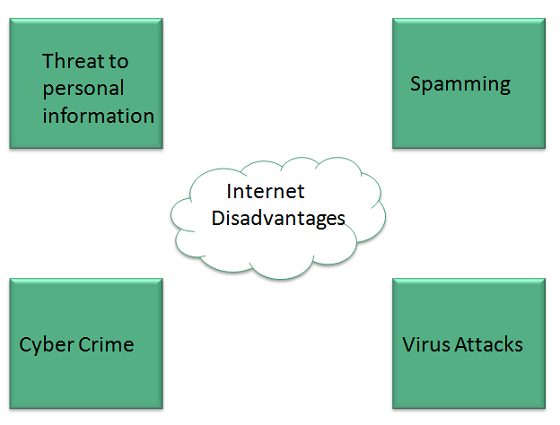NEW APPROACH
WEEK/TERM: THIRD TERM /WEEK 5
CLASS: JSS 1
DATE: 1st August, 2020
SUBJECT: Computer Science
TOPIC: The Internet
Reference: The Internet – Tutorials point, Wikipedia, Oxford Dictionary of Computing.
Brief explanation
The Internet is a system architecture that has revolutionized communications and methods of commerce by allowing various computer networks around the world to interconnect. Sometimes referred to as a “network of networks,” the Internet emerged in the United States in the 1970s but did not become visible to the general public until the early 1990s. By 2020, approximately 4.5 billion people, or more than half of the world’s population, are estimated to have access to the Internet.
The Internet provides a capability so powerful and general that it can be used for almost any purpose that depends on information, and it is accessible by every individual who connects to one of its constituent networks. It supports human communication via social media, electronic mail (e-mail), “chat rooms,” newsgroups, and audio and video transmissions and allows people to work collaboratively from many different locations. It supports access to digital information by many applications, including the World Wide Web. The Internet has proved to be a spawning ground for a large and growing number of “e-businesses” (including subsidiaries of traditional “brick-and-mortar” companies) that carry out most of their sales and services over the Internet.
Note for the Students
The Internet is a global network of billions of computers and other electronic devices. With the Internet, it’s possible to access almost any information, communicate with anyone else in the world, and do much more.
You can do all of this by connecting a computer to the Internet, which is also called going online. When someone says a computer is online, it’s just another way of saying it’s connected to the Internet.
The World Wide Web (WWW)
The World Wide Web—usually called the Web for short—is a collection of different websites you can access through the Internet. A website is made up of related text, images, and other resources. Websites can resemble other forms of media—like newspaper articles or television programs—or they can be interactive in a way that’s unique to computers.
The purpose of a website can be almost anything: a news platform, an advertisement, an online library, a forum for sharing images, or an educational site like http://nuevasfronterasfirstschool.com!
How the Internet Works
It is important to realize that the Internet is a global network of physical cables, which can include copper telephone wires, TV cables, and fibre optic cables. Even wireless connections like Wi-Fi and 3G/4G/G5 rely on these physical cables to access the Internet.
When you visit a website, your computer sends a request over these wires to a server. A server is where websites are stored, and it works a lot like your computer’s hard drive. Once the request arrives, the server retrieves the website and sends the correct data back to your computer. What’s amazing is that this all happens in just a few seconds!
- The internet is a world-wide global system of interconnected computer networks.
- The internet uses the standard Internet Protocol (TCP/IP).
- Every computer connected to the internet is identified by a unique IP address.
- IP Address is a unique set of numbers (such as 110.22.33.114) which identifies a computer location.
- A special computer DNS (Domain Name Server) is used to give name to the IP Addresses so that users can locate a computer by a name.
- For example, a DNS server will resolve a name http://www.nuevasfronterasfirstschool.com to a particular IP address to uniquely identify the computer on which this website is hosted.
- The internet is accessible to every user all over the world.
Advantages of the Internet
Disadvantages of the Internet
Exercises/Assignment
- What is the Internet?
- Who invented the Internet?
- How does the Internet work?
- Is the Internet dangerous?
- What is the Dark Web?
- Who controls the Internet?


